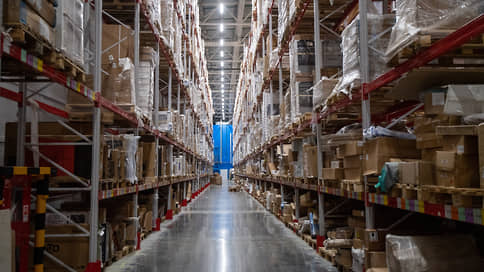inventories have a significant impact on GDP prospects
[ad_1]

The latest issue of the newsletter “Comments on the State and Business” of the HSE Development Center discusses the dynamics of the contribution of reserves to economic growth in 2023–2024. Let us recall that last year two-thirds of GDP growth (2.6 percentage points out of 3.6%) was associated with a two-fold increase in inventories – raw materials, materials and finished products in warehouses (see Kommersant on February 7). At the same time, economists cannot yet accurately explain the nature of this phenomenon. At least the board of directors of the Bank of Russia discussed the possibility of interpreting this phenomenon as an “overhang” of warehouse stocks of goods. As a result, discussions at the Central Bank came to the conclusion that the “canopy” is an ambiguous hypothesis that should not be accepted as a fact. Analysts at the HSE Development Center argue: a significant increase in warehouse inventories “suggests that regulators and businesses managed to “virtually mirror with a plus sign” the shock situation with inventories,” insuring themselves against the deficits of the recessions of 1998 and 2009, when their decline determined a sharp decline in economy. In the meantime, inventory growth continues, as evidenced by the boom in the warehouse real estate market, where demand doubled in 2023, the center’s analysts note.
According to the February surveys of industrialists by Sergei Tsukhlo (until recently conducted by the Gaidar Institute), the balance of estimates of finished product inventories decreased in February from two to one point, maintaining a formal surplus. “However, such absolute values of this indicator and such magnitudes of its changes demonstrate the minimal hopes of enterprises for statistically discernible sustainable economic growth and (or?) the minimal capabilities of producers to create sufficient supply in the event of economic growth,” notes Mr. Tsukhlo.
Data from surveys of industrialists by Rosstat record that inventories of finished products, according to estimates of both processing and production at the end of 2023, were below normal. The same situation was at the beginning of 2022, when reserves were actively replenished. At the same time, the ratio of inventory to demand for that period was at historical highs (if you do not take data before 2000, which requires additional verification). “This means that further growth in reserves, although possible, is not guaranteed,” conclude CR analysts.
[ad_2]
Source link






